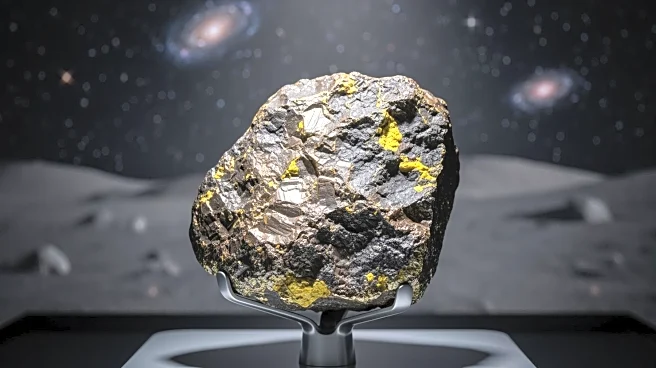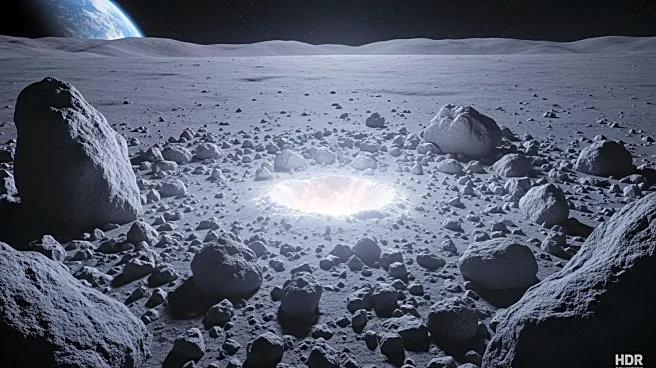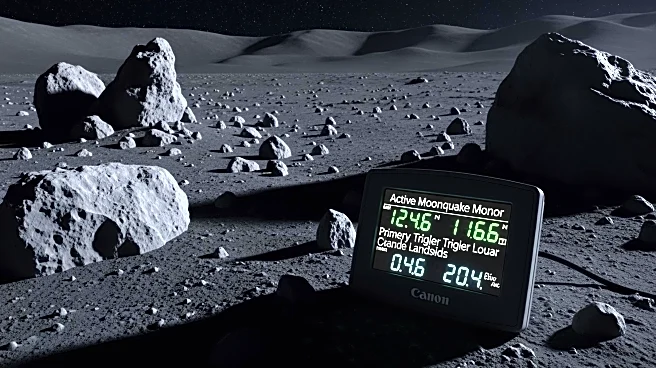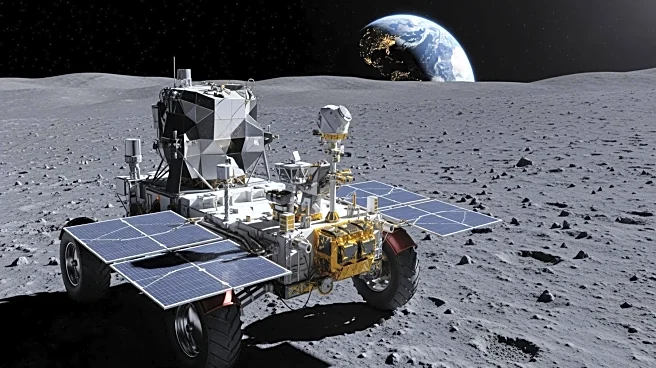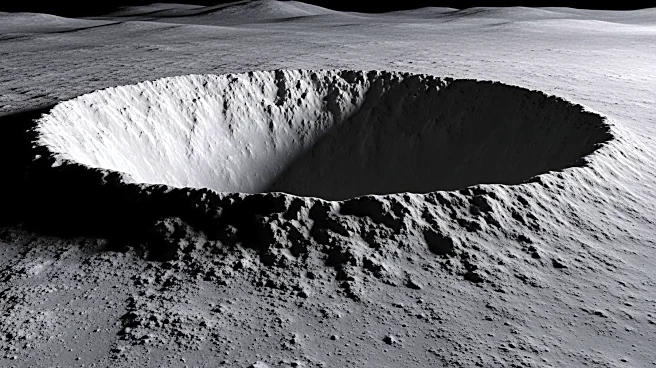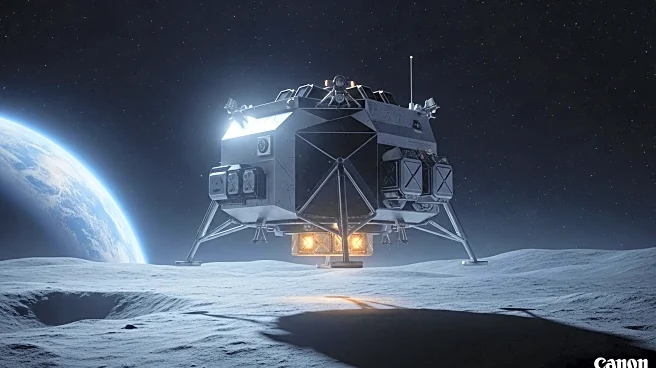What's Happening?
A study analyzing 15 years of lunar images has found that internal seismic activity, rather than meteoroid impacts, is the primary trigger for the Moon's most recent landslides. Conducted by a team of Chinese scientists, the research identified 41 new
landslides on the lunar surface since 2009, suggesting the lunar interior is still geologically active. This challenges long-held assumptions about the Moon's geology and has significant implications for the safety of future Moon bases.
Why It's Important?
Understanding the Moon's geological activity is crucial for planning future lunar missions, especially as the establishment of permanent Moon bases becomes a priority. The discovery that moonquakes are the primary cause of landslides highlights potential geohazards that could affect the safety and stability of lunar infrastructure. This knowledge can guide the selection of safe locations for future bases and inform the design of structures to withstand seismic activity.
What's Next?
As plans for permanent Moon bases accelerate, researchers and mission planners will need to consider the Moon's current geologic activity in their designs and site selections. Avoiding steep slopes in seismically active areas like the eastern Imbrium Basin will be essential to mitigate risks. Further studies may focus on mapping seismic hotspots to better understand the Moon's interior and improve safety measures for future missions.
Beyond the Headlines
The study's findings could lead to a reevaluation of lunar exploration strategies, emphasizing the need for comprehensive geological surveys before establishing permanent bases. Ethical considerations regarding the impact of human activity on the Moon's environment may arise, prompting discussions on sustainable exploration practices. International cooperation will be crucial to address these challenges and ensure responsible development.




